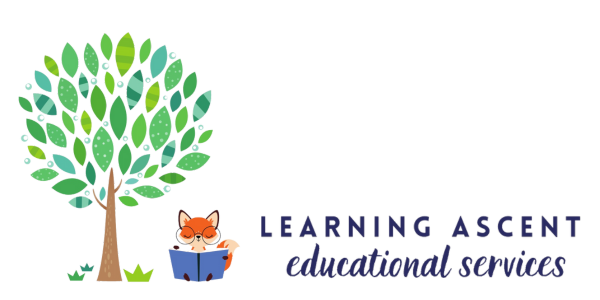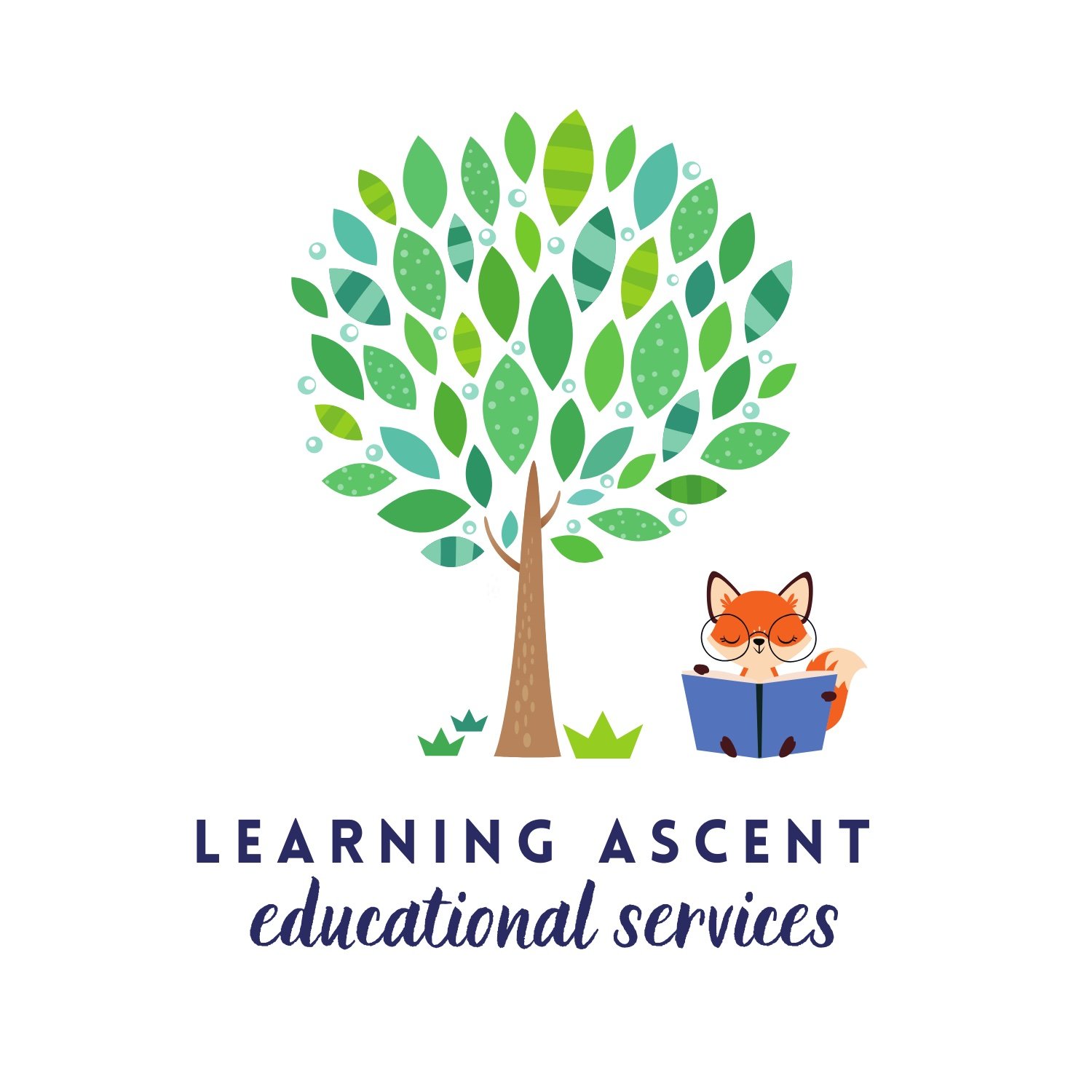Thinking is an activity that we tend to take for granted. Most of us do it without… well, thinking about it. But metacognition — the awareness of one’s own thought process — has benefits for everyone, especially school-aged children. In fact, helping students to develop metacognitive skills can have tremendous effects, within and outside the classroom. The trick is introducing the concept at the right time. At the elementary level, students could probably understand this term when simplified, but they may not grasp the ideas behind it. Even the name might be a little advanced to them. High school students could definitely understand the concept, but they have less time to reap the benefits, since they’ve likely developed different learning habits by that point.
This leaves us with middle school, the perfect time to teach metacognitive skills. Middle schoolers are at that sweet-spot age where they are gaining maturity but can still learn new habits with ease. Teaching middle schoolers to “think about their thinking” can help them become more active learners, creating a brighter future in academics and beyond.
When Can Metacognition Be Useful?
The truth is, metacognitive skills are relevant in all aspects of life. It’s basically mindful thinking, and unless you’re living under a rock, you have probably heard about mindfulness and all of its benefits. When we practice metacognitive skills, we become more aware of how we know what we know. With this awareness, we can solve problems more effectively. We can communicate our needs with more efficiency.
So how can this help our middle schoolers? Consider a student who gets easily frustrated with schoolwork. Maybe they get upset when a homework problem is too difficult. Maybe they let themselves get overwhelmed and, instead of working through their struggles, they resign themselves to a low grade. This negative thinking can deeply impact a child’s self-esteem, particularly when it comes to school. But metacognitive strategies can stop such negative thinking at the source. Once students apply such skills, research has shown their grades to improve significantly. Instead of stopping at “I can’t,” kids can learn to push to “How can I?” In this way, metacognition reinforces what a student knows while also building confidence.
How Can You Encourage Metacognitive Strategies?
Because metacognitive strategies are likely new to your middle schooler, the best way to introduce them is to do it yourself. When your child shows frustration toward schoolwork, ask them questions. Some of these questions could deal with the process of learning. They could also push students toward a solution to their problem. Consider asking your student the following questions:
- What do you think is making it hard for you to _____?
- Why do you think you got so upset when _____?
- What are some strategies that have helped you in the past?
- How could you handle _____ differently next time?
All of these questions allow your student to think about how a problem is framed, leading them to seek a better understanding. If a student doesn’t use these strategies, they may not recognize any gaps in their learning until it’s too late. But if a student can adopt the strategies, they can start to feel better about learning. They may even grow to like it!
Try to reinforce these strategies as much as you can. When you problem-solve around your kids, model the behavior. Work through the problem out loud and ask yourself those questions so they can start to absorb them into their own repertoire.
If you’d like more information on this topic, check out this article. If you’re in the St. Charles area and you think your child needs extra help with metacognition and/or other study skills, please check out our tutoring options or give us a call at 630-587-2795. We’d love to help!






